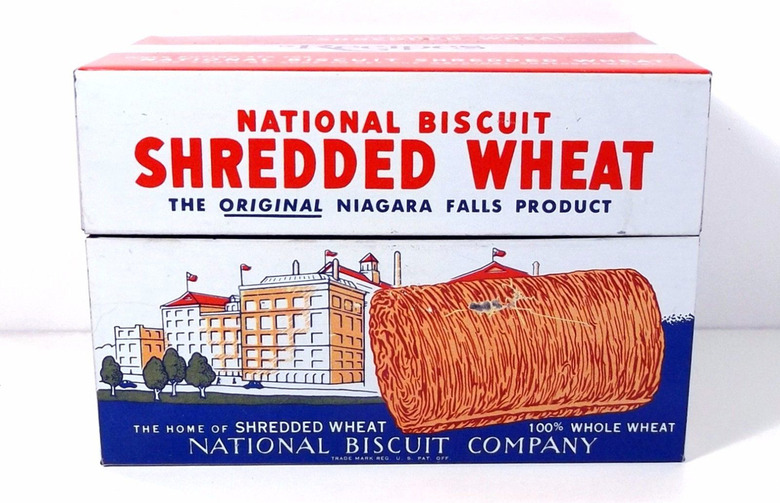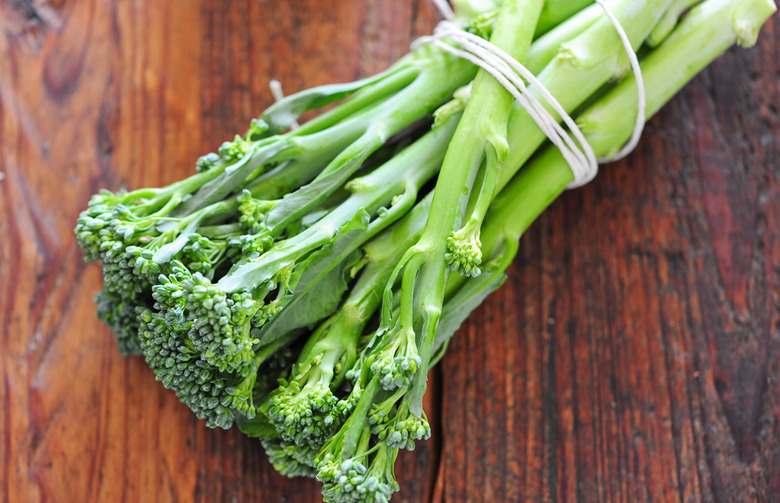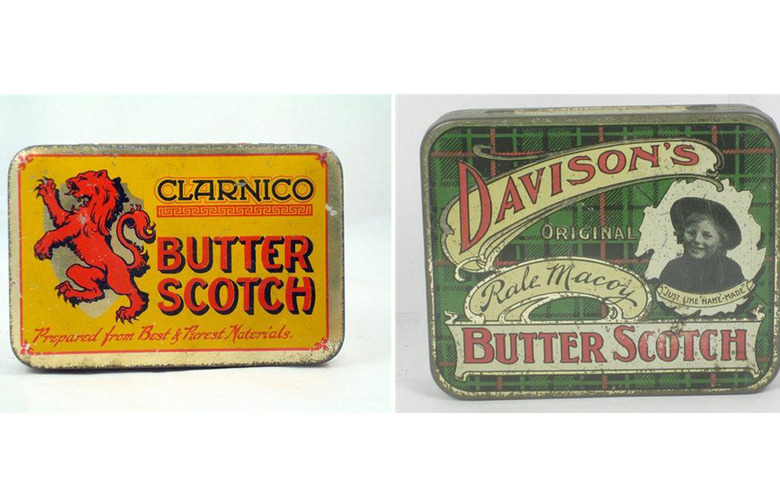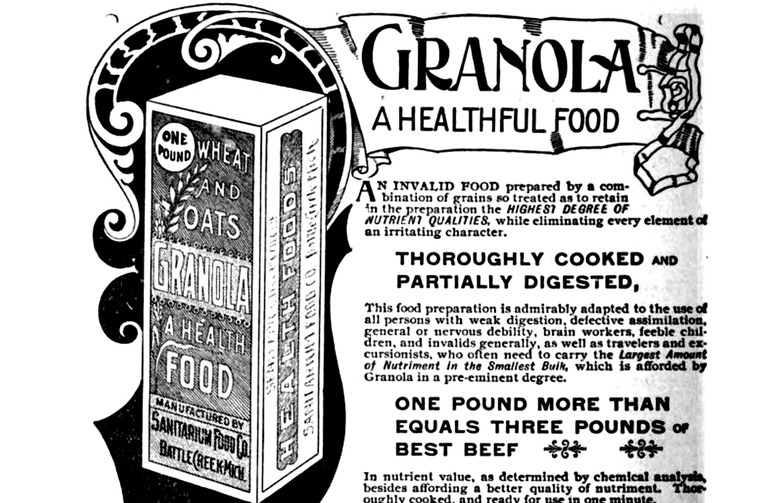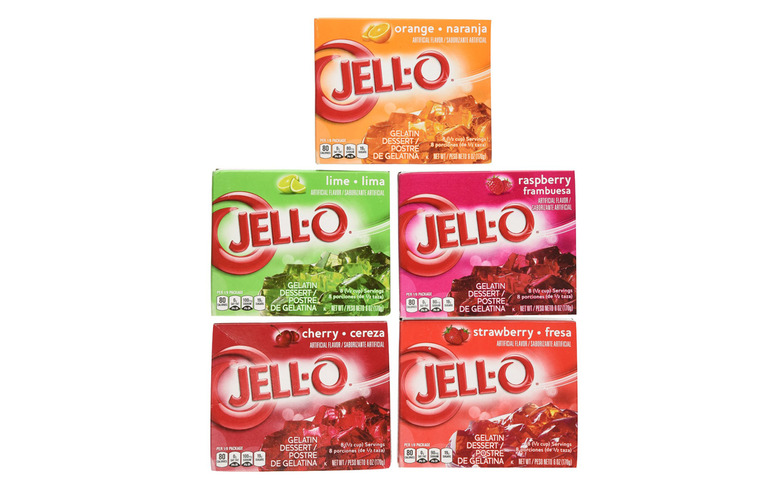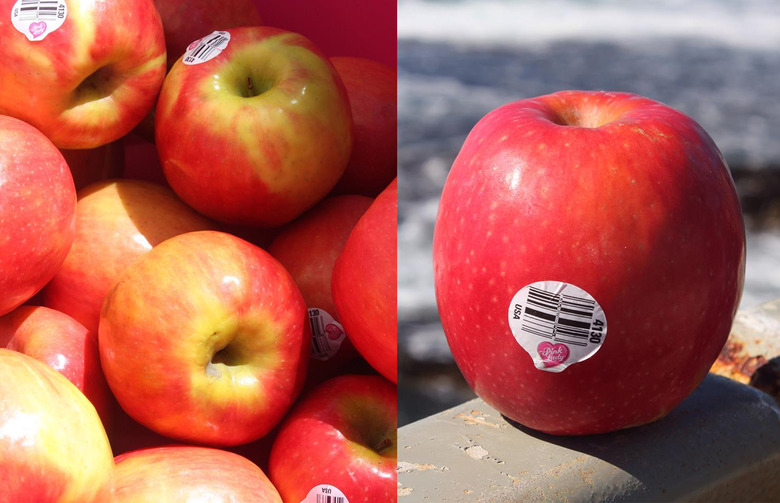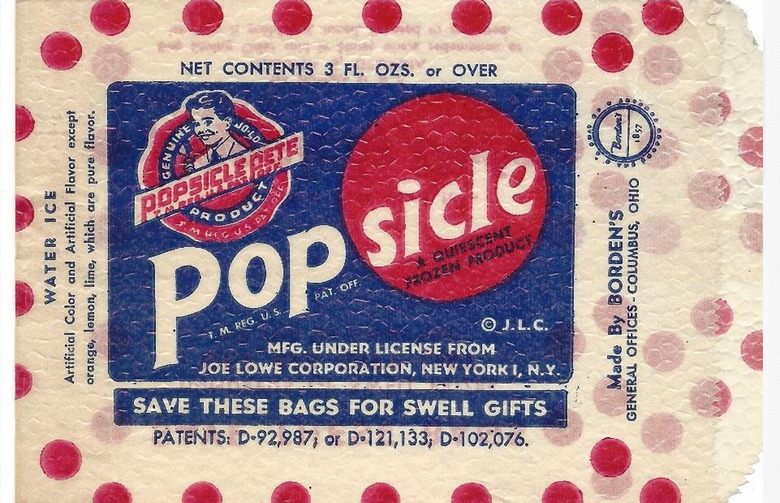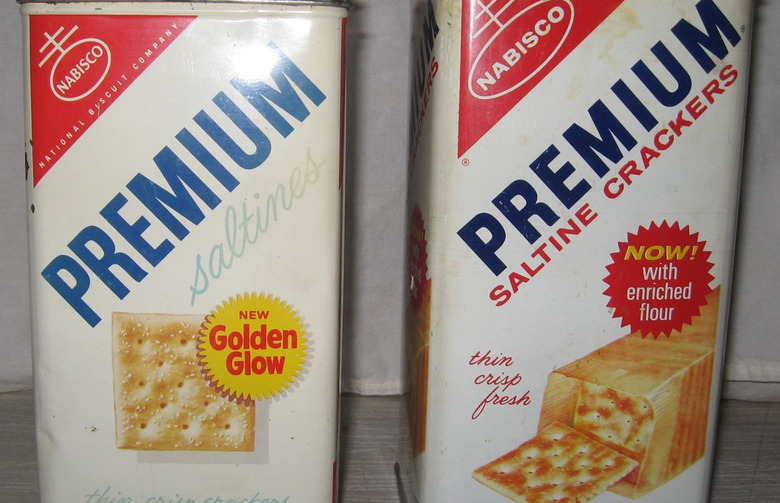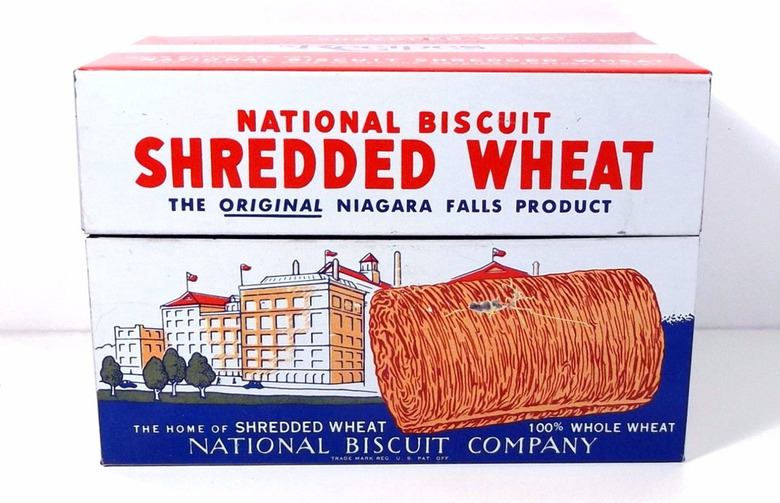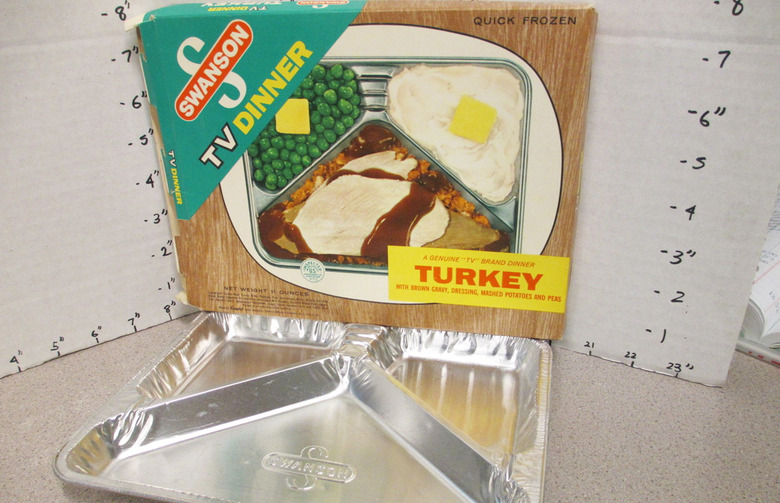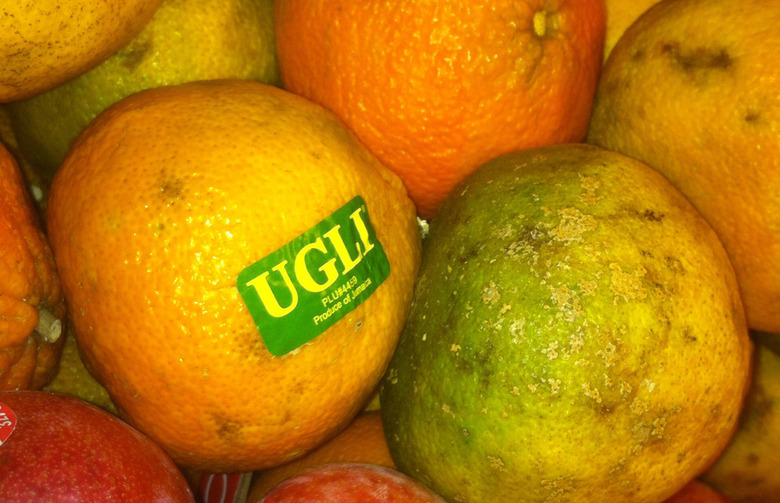10 Food Terms You Didn't Know Were Trademarked
When you make a photocopy, do you call it making a Xerox? When you need to blow your nose, do you grab a Kleenex? And when you cut yourself, do you reach for a Band-Aid? You may not realize it, but each of those is a specific trademarked brand. And there are plenty of terms in the food world that you may not realize are in the same boat.
Broccolini
Broccolini is a hybrid of broccoli and Chinese kale (called gai lan), and was developed in 1993 by the Sakata Seed Company of Yokohama, Japan. It was brought to the United States in 1998 by Mann Produce Company, who trademarked the term broccolini. Around the world, it's also called baby broccoli, asparation, bimi, tenderstem broccoli, and broccoletti.
Butterscotch
While today butterscotch is made by heating brown sugar and butter and is as generic a term as caramel, the original butterscotch recipe called for butter, sugar, and treacle, and was invented in 1817 by the Parkinson's Doncaster Butterscotch Company. It was sold under the brand name of Doncaster Butterscotch. Parkinson's was still in business until just a few years ago, but the term butterscotch became genericized more than a century ago.
Granola
Granola actually has an interesting history. First called Granula upon its invention by a water therapy spa owner named James Caleb Jackson in 1863, the product and name were stolen by Kellogg's founder John Harvey Kellogg, who tweaked the original recipe slightly and also began to sell it under the name Granula (he replaced graham flour clusters with oats, and rolled the grain to make it easier to chew). Jackson sued Kellogg over trademark infringement, so Kellogg was forced to change the name of his product to Granola.
Jell-O
There are several different brands of flavored gelatin on the market, but when we see any dessert that resembles what we made when we were kids we invariably refer to it simply as Jell-O. Jell-O is actually a trademark of Kraft Foods, but even supermarkets have genericized the term, using it to describe all gelatin on their aisle signs.
Pink Lady Apples
Pink Lady apples are a common sight as supermarkets and farmers markets, usually sold alongside red delicious, Granny Smiths, and other apple varieties. But one thing sets Pink Ladies apart: They're a registered trademark. The cultivar is actually called Cripps Pink and was originally bred by John Cripps in 1973, but Brandt's Fruit Trees of Washington State owns the trademark to them in the United States and Mexico, where they're sold under the Pink Lady brand name.
Popsicle
You might be used to calling any frozen fruit-flavored bar a popsicle, but in reality Popsicle is a registered brand name owned by Unilever. Same with Creamsicle and Fudgesicle. Their website even goes so far as to tell you the proper way to use the term in a sentence: "The Popsicle®, Creamsicle®, Fudgsicle® and Yosicle® trademarks should never be used in the plural form," it reads. "For example, it is not correct say 'I love Popsicles.' It is correct to say 'I love Popsicle® ice pops.' Um, sure.
Saltine
You might probably call those thin, square crackers with salt sprinkled on them saltines, even though they're called Premium by Nabisco, Krispy by Sunshine Biscuits, and Zesta by Keebler. They were first sold in 1876 by F.L. Sommer and Company (which in 1898 merged with Nabisco) under the name Premium Soda Crackers and were soon after branded Saltines, but the term lost trademark protection in the United States after it became genericized. In Australia, however, the term Saltine is still trademarked by Arnott's Biscuits.
Shredded Wheat
The first mass-produced ready to eat cereal, shredded wheat, was invented by businessman Henry Perky in 1890 and sold through his company, the Cereal Machine Company (renamed the Natural Food Company in 1895). John Harvey Kellogg unsuccessfully attempted to buy the patent in 1906, and the company (which was again renamed in 1904, to the Shredded Wheat Co.) was sold in 1928 to Nabisco. Kellogg went ahead and sold its own Shredded Wheat anyway, which led to a landmark Supreme Court case in 1938, in which it was deemed that the term "shredded wheat" was generic.
TV Dinner
The TV dinner can actually trace its history to airplanes, and a company called Maxson Food Systems that began manufacturing frozen meals that could be reheated in the sky in 1945, according to the Library of Congress. These "Strato-Plates" featured three compartments (for meat, a vegetable, and potato), and they were incredibly easy to heat and serve. These in turn inspired brothers Albert and Meyer Bernstein to start a company called Frozen Dinners Inc. in 1949, which sold frozen dinners in the Pittsburgh area under the brand name One-Eyed Eskimo. The concept didn't go national, however, until 1954, when Swanson Foods, which was already known for its canned and frozen foods, started selling a frozen dinner of its own. The frozen dinners were launched with a huge marketing and advertising push as well as a snappy new name: TV Dinners. Even though Swanson stopped using the TV Dinner moniker in 1962, the term is still commonly used to refer to any frozen dinner.
Ugli Fruit
The ugli fruit, which you've probably seen in your local supermarket during the winter months, is a hybrid of a grapefruit, Seville orange, and tangerine. The name is a registered trademark of Cabel Hall Citrus Company, which was the first to add orange to a traditional tangelo formula or grapefruit and tangerine.
